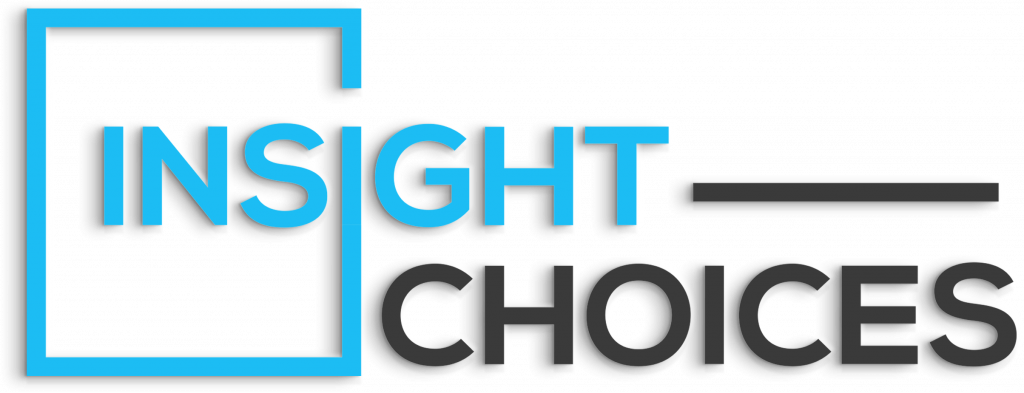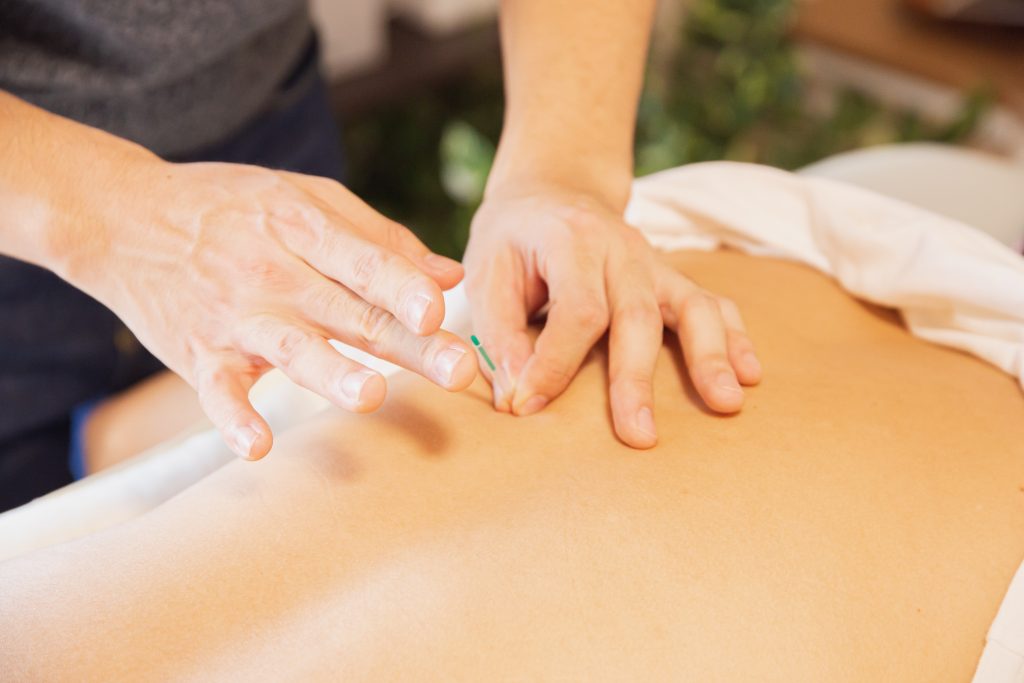- Physiological reaction of acupuncture
“Specific stimulation of the skin by acupuncture could influence functions of the cerebral cortex and subsequently the hypothalumus and its subordinated endocrine glands in some specific manner. Boeva and his associates demonstrated that stimulation acupuncture produced an increase in endogenous production of ACTH, and subsequently an increase in adrenocortical hormones. Their investigation revealed that stimulation thru acupuncture produced an effect similar to that seen following the injection of 25 international units of ACTH.”
(http://www.ncbi.nlm.nih.gov/pmc/articles/PMC2608746/pdf/jnma00501-0017.pdf )
- Physiological reaction of ear acupuncture
“Stimulating the external ear canal can induce a cough similar to the cough reflex induced by the vagal nerve. This reflex is called “Arnold’s Reflex” and regards the ABVN as its afferent nerve. Because ABVN stimulation can induce a response similar to that of the vagal nerve, the ABVN may have a relationship of the auricle and ANS.”
( http://www.ncbi.nlm.nih.gov/pmc/articles/PMC4707384/)
- Physiological reaction of moxibustion
“Moxibustion thermal stimulation affects both shallow and deep tissues of the skin, and the warm-heat effects of moxibustion have a close relation to the warm receptors or/and the polymodal receptor.
The volatile oil rate of moxa is 0.45%–1.00%. It has a variety of biological activities such as the expansion of airway smooth muscle, relieving cough, expectorant effect, and a strong antioxidant activity. The moxa is rich in flavonoids and polysaccharides, which have strong antioxidant activity too.”
(http://www.ncbi.nlm.nih.gov/pmc/articles/PMC3789413/)
- Physiological reaction of cupping
“The mechanism of action of local negative pressure applied to human body is studied in terms of specific changes in local tissue structure, stretch to the nerve and muscle, increasing blood circulation and causing autohemolysis.”
(http://www.ncbi.nlm.nih.gov/pubmed/22043690)
- Physiological reaction of acupressure
“Current scientific studies on the mechanism of action of these acupuncture points have suggested that the insertion of needles involves recruitment of the body’s own pain reduction system, possibly accompanied by an increased release of endorphins, serotonin, norepinephrine, or γ-Aminobutyric acid. However, endogenous opioids and other molecular secretions need time to reach their effective level. Although acupressure on some points can generate a faster analgesic effect (within a few minutes), the mechanism for this faster analgesic effect remains unknown.”
(http://www.ncbi.nlm.nih.gov/pmc/articles/PMC3749058/)
- Physiological reaction of oriental herb: example bu zhong yi qi tang for immune modulatory effect
“The levels of eotaxin, Th2-related cytokines (IL-4, IL-5, IL-13), IgE, and eosinophil infiltration in BALF were significantly decreased in both BZYQT groups compared with the OVA group. Histopathologic examination revealed that eosinophil infiltration of the lung and trachea tissues was remarkably attenuated in both BZYQT groups.”

